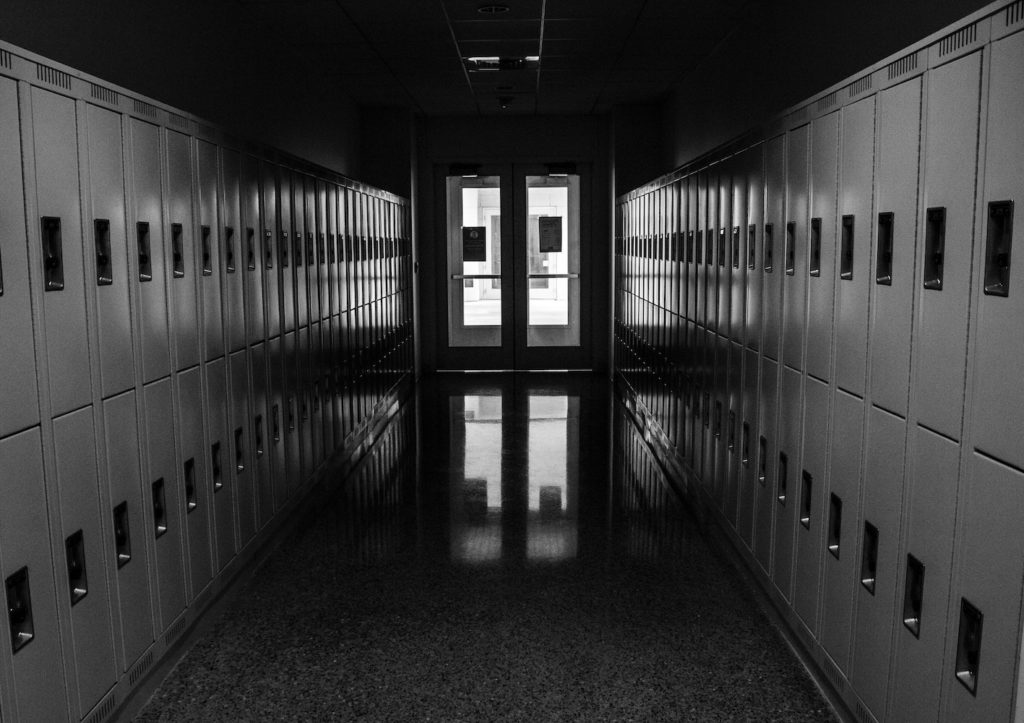Defiance, physical aggression and disruption beset Nebraska elementary schools
Nebraska’s elementary students are increasingly struggling with defiance, physical aggression and disruption, according to an Omaha World Herald review of school districts’ behavioral data.
The…

Nebraska’s elementary students are increasingly struggling with defiance, physical aggression and disruption, according to an Omaha World Herald review of school districts’ behavioral data.
The Herald filed a records request for data kept in the School Wide Information System (SWIS), a database for disciplinary referrals.
SWIS logs infractions ranging from minor offenses like skipping class to more severe ones.
Physical aggression topped the list in several schools, in some cases accounting for more disciplinary referrals than all other infractions combined.
Insubordinate behavior often escalates into physical aggression as some students fail to process boundaries appropriately. Aggression takes many forms, the data suggest, including violent behavior towards other students and staff, or tantrum-like acts such as flipping a desk or throwing objects in the classroom.
Refusing to follow any directions from the teacher or staff and talking back are also on the rise, along with disruptive behaviors like horseplay, yelling and screaming.
The increase in behavioral issues was also observed in a 2021 Nebraska State Education Association survey. One teacher said that unsafe and disruptive behavior at her school was “out of control.” Another said their district had a “physical aggression crisis.”
The teachers’ union lays blames the pandemic, citing students’ lack of socialization during lockdown. However, that appraisal is far from universal, as misbehavior was already increasing before the pandemic.
“And, when you look at some of the societal issues we’re dealing with, we see that in the schools as well, whether it’s in defiant behavior, whether it’s maybe some of the disregard for authority that leads to those defiant behaviors at times,” Mark Shepard, superintendent of the Fremont Public Schools told the Herald.
In each reporting school, the bulk of problems were traceable to a very small fraction of the student body. In one elementary school, for example, only five students accounted for almost a third of referrals. One student alone had 126 disciplinary referrals.
In Hawthorne Elementary School, the most-reported events were physical aggression and defiance, making up 64% of all referrals. Just three students accounted for 48% of total referrals.
The issue is dividing teachers, parents and administrators. Many teachers feel the disciplinary system fails the student by addressing only the specific behavior and not the underlying cause of it, while parents question why disruptive students are routinely returned to the classroom to disturb their well-behaved classmates.
Meanwhile, administrators find themselves navigating increasingly restrictive laws and regulations regarding suspensions, expulsions and other punishments.
According to critics, until the underlying framework that permits misbehavior with little to no consequences is reformed, any improvement is unlikely.


